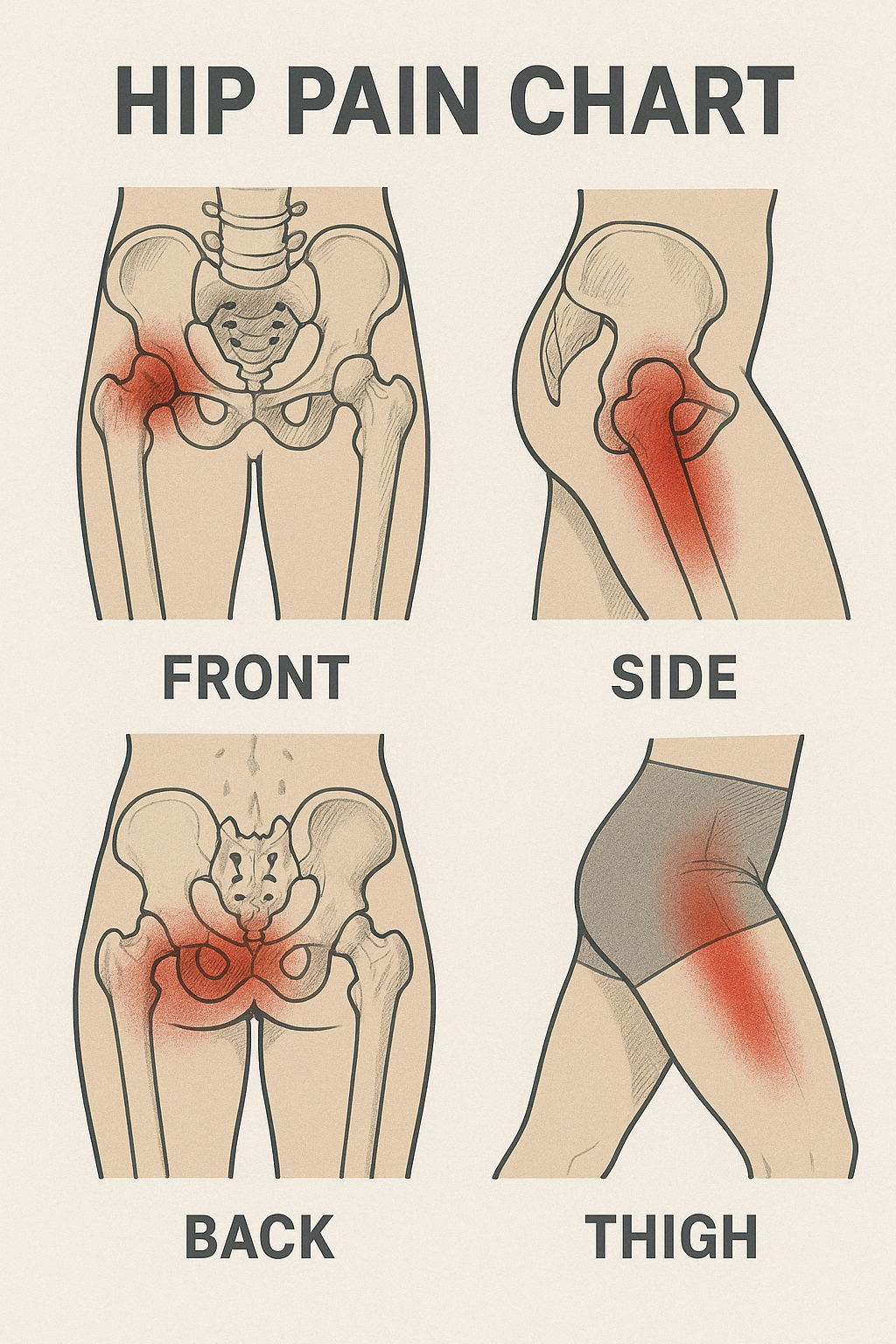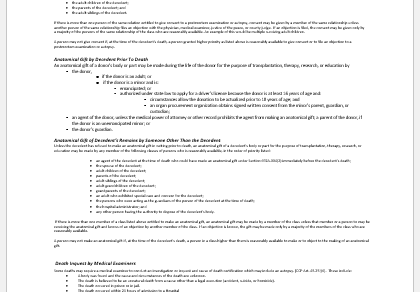The hip region or pelvic girdle is an important human anatomy structure. It lies anterior and lateral to the gluteal region and is formed by the participation of certain muscles and bones. The hip bone is formed by the fusion of three bones that meet at the acetabulum, where the articulation of the head of the femur occurs to make the hip joint. The hip joint is considered the strongest joint of the body and is made to bear the weight of the body.
An interesting fact about the hip joint is that it can bear weight while in a static or dynamic position. It also helps maintain balance, movements, and displacement from one place to another.
Structure of a hip joint
The hip joint is a synovial joint of a ball-and-socket variety. But we would want to mention here that its mobility is still less than the shoulder joint, which is an authentic and classic example of a ball-and-socket joint. The hip joint is formed by the articulation of the round head of the femur with the cup-shaped acetabulum. The synovial membranes cover the articular surfaces and support the ligaments to strengthen them.
The branches from the femoral arteries supply the hip joint, and are nerves from the lumbar plexus. It has attached several muscles that perform their respective functions in groups.
Pain in the hip region
Pain in the hip region can result from many causes. From fractures and dislocations of the hip joint to muscular and nerve pain, the hip region can cause great pain and sometimes disability or result in a marked decrease in the quality of life.
Arthritis is one of the most common causes of hip pain and can damage bones. Conditions like osteoarthritis, psoriatic arthritis, rheumatoid arthritis, and septic arthritis can potentially cause extreme pain and result in restricted mobility.
Injuries to the hip joint are also important causes of pain in the hip region. Inflammation of the bursa and synovial membrane can cause local pain and immobility. Dislocation and injuries cause damage to the nerve supply and can result in pain and disability for the affected person.
Similarly, certain cancers and conditions of the spinal cord that cause compression can result in pain and loss of function.
Hip pain chart
A hip pain chart is used to categorise the type of hip pain associated with the level of mobility. This chart helps diagnose the patient and the kind of pain he is suffering from. The patient’s name is entered into the chart as the priority. We mention all other personal details of the patient.
It is important to ask for and mention the positive findings in past medical and surgical history, especially related to the bones and joints.
The patient’s chief complaints regarding hip pain and relevant examination are documented to complete the chart.
- Trackers for Medical Facilities
- Diabetes Management Plan Sheet for Students
- Claim Form for Health Insurance Policies
- Application Form for Accreditation of Hospital
- Doctor Workplace ID Card Templates
- Doctor Prescription Pads
- Health Assessment Form Template
- Baby Kick Counter Template
- Miscarriage Medical Certificate
- Personal Health Record Sheet
- Vaccine Storage Temperature Checker
- Travel Declaration Form for COVID-19
- Hospital Cleaning Log
- Pain Log Template
- Multiple Patient Vital Sign Flow Sheet


